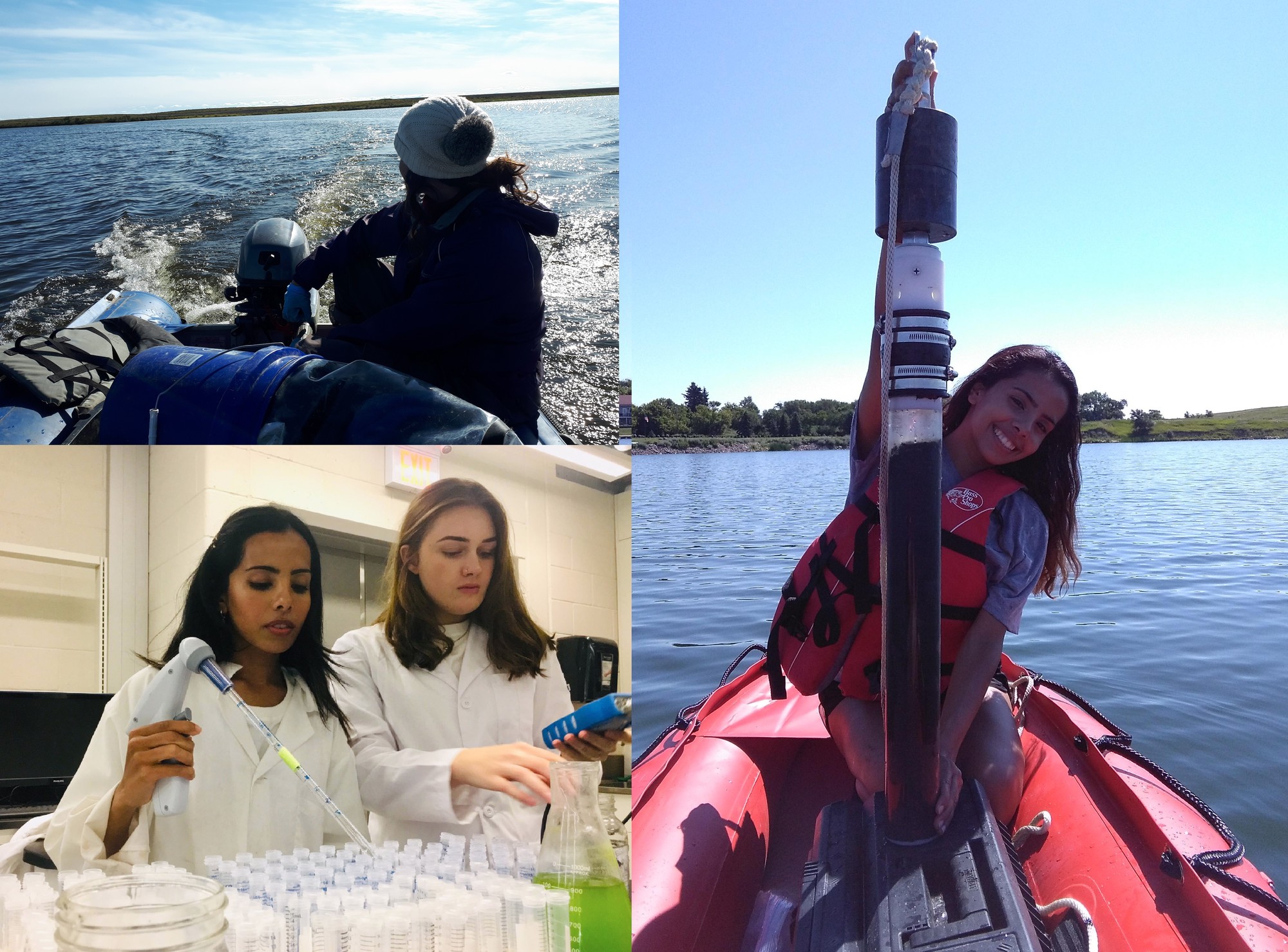Mariam Elmarsafy (MSc, 2020)

Project description: The Great Plains of North America are projected to become more arid as the climate changes over the next century. Ecologist are concerned about the lakes in this region, as a drier climate can lead to increased salinity levels. One group of organisms that might be affected by increased salinity are the zooplankton, aquatic invertebrates that transfer energy from primary producers to macroinvertebrates and fish. Little is known about the ability of zooplankton to respond to increasing salinity levels through adaptation or plasticity. For this study, I used resurrection ecology to examine if zooplankton can respond to increasing salinity levels. I worked with egg banks of Daphnia and Ceriodaphnia species collected from Moon Lake, North Dakota; a lake that has experienced fluctuating salinity levels and for which a history of salinity levels has been reconstructed from diatoms. I hatched eggs deposited during periods of high and low salinities and ran salinity tolerance tests to determine if: 1) organisms could survive a range of salinities; and 2) if there was a difference in salinity tolerance between time periods.
Thesis: Can zooplankton on the North American Great Plains ‘keep up’ with climate-driven salinity change?
Associated projects: Can zooplankton keep up with climate-driven salinity changes in Great Plains lakes?, How will fish in Arctic lakes respond to climate change?
Current position: Physical Scientist, Research at Environment and Climate Change Canada